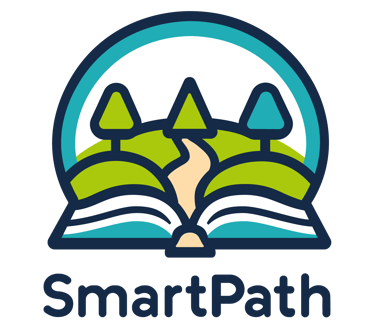How to Compare Homeschool Curriculum Without Losing Your Mind
Spoiler: You don’t have to read 87 tabs and 14 reviews to figure this out.


If you’re anything like most homeschool parents we talk to, you’ve probably stared at a glowing screen for hours, toggling between websites, trying to answer a simple question: Which curriculum is right for my family?
You open one tab. Then another. Then a Reddit thread. Then someone on Instagram swears by something you’ve never heard of. Suddenly, it’s midnight, and your cart has six different programs in it, none of which you feel good about.
We’ve been there. And we’re here to help you simplify the whole process.
Here’s how to compare homeschool curriculum without losing your mind. Because no one needs another night of 47 open tabs and second-guessing.
1. Start With What Matters Most to Your Family
Every homeschool family is different. So, before you start comparing products, take a moment to zoom out.
Ask yourself:
What do my kids actually enjoy learning?
Do I want faith-based or secular materials?
What kind of support do I need (open-and-go vs. involved planning)?
Do I prefer hands-on, digital, book-based, or blended?
Are we learning year-round or following a school calendar?
The best curriculum is the one that fits your life, not the one with the most Pinterest followers.
2. Don’t Compare 20 Options. Compare the Right 3 to 5.
There are thousands of curriculum options out there. No one (not even us!) can meaningfully compare 30 programs at once. It just doesn’t work.
What works better?
Narrow your list down to 3 to 5 based on learning style, budget, and delivery type
Use filters or quizzes (like our curriculum matcher) to cut through the noise
Avoid falling into the trap of thinking there’s a "perfect" one out there. You’re not marrying it. You’re just starting somewhere.
3. Look for Red Flags and Green Lights
Once you have a short list, it’s time to take a closer look. Here’s what to watch for:
Green Lights (Good Signs):
Clear learning outcomes
Flexible pacing or customization options
Good user reviews from families with similar setups
Strong customer support or access to a community
Red Flags (Warning Signs):
Vague descriptions of what your child will actually learn
Over-promising ("Your child will be fluent in 3 languages in 6 months!")
Hidden costs or required add-ons
No way to preview or trial before buying
4. Use Recommendations Strategically
Recommendations from other parents can be helpful or overwhelming. Here’s how to make them useful:
Look for common themes. If multiple people say a curriculum is strong in math but weak in writing, take note.
Prioritize suggestions from families with similar setups (multiple kids, special needs, working parents, etc.)
Use forums or Facebook groups to ask for input, but stay focused on your shortlist.
Remember: what worked for someone else might not be the best fit for you, and that’s okay.
5. Try Before You Buy (If You Can)
Many programs offer free samples, short-term trials, or even money-back guarantees.
Always:
Preview a few lessons
Ask your kid what they think
See how much prep is involved for you
Sometimes, the best way to know if something works is to try it for a week. That counts as learning too.
6. If It Doesn’t Work, That’s Okay
Let’s bust a myth right now: You’re not stuck with the curriculum you choose.
Most families adjust, switch, or supplement as they go. That doesn’t mean you messed up. It means you’re paying attention and responding to what your kids need.
That’s what real learning looks like.
7. Let Us Simplify the Process
Curriculum comparison can be overwhelming, especially when most tools weren’t designed with homeschool families in mind.
That’s why we created SmartPath. It’s built around what real families have told us they need:
A way to discover options that fit your goals and learning style
Simple, side-by-side comparisons in plain language
Insights from other parents navigating the same questions
We’re not here to sell you something. We’re here to make this easier.
Final Thoughts
You don’t need to know everything before you start. You just need to start.
Take a deep breath, narrow your list, and trust that you can make a solid decision. And remember, you’re allowed to change course if it doesn’t feel right.
You’re the expert on your kids. We’re just here to support you.
Try the Curriculum Matcher Today
Spend 5 minutes now, save 10+ hours later. Our free tool helps you cut through the chaos and discover curriculum that actually fits your family.
Need help? Email us anytime. We’re real people, and we’re rooting for you.
